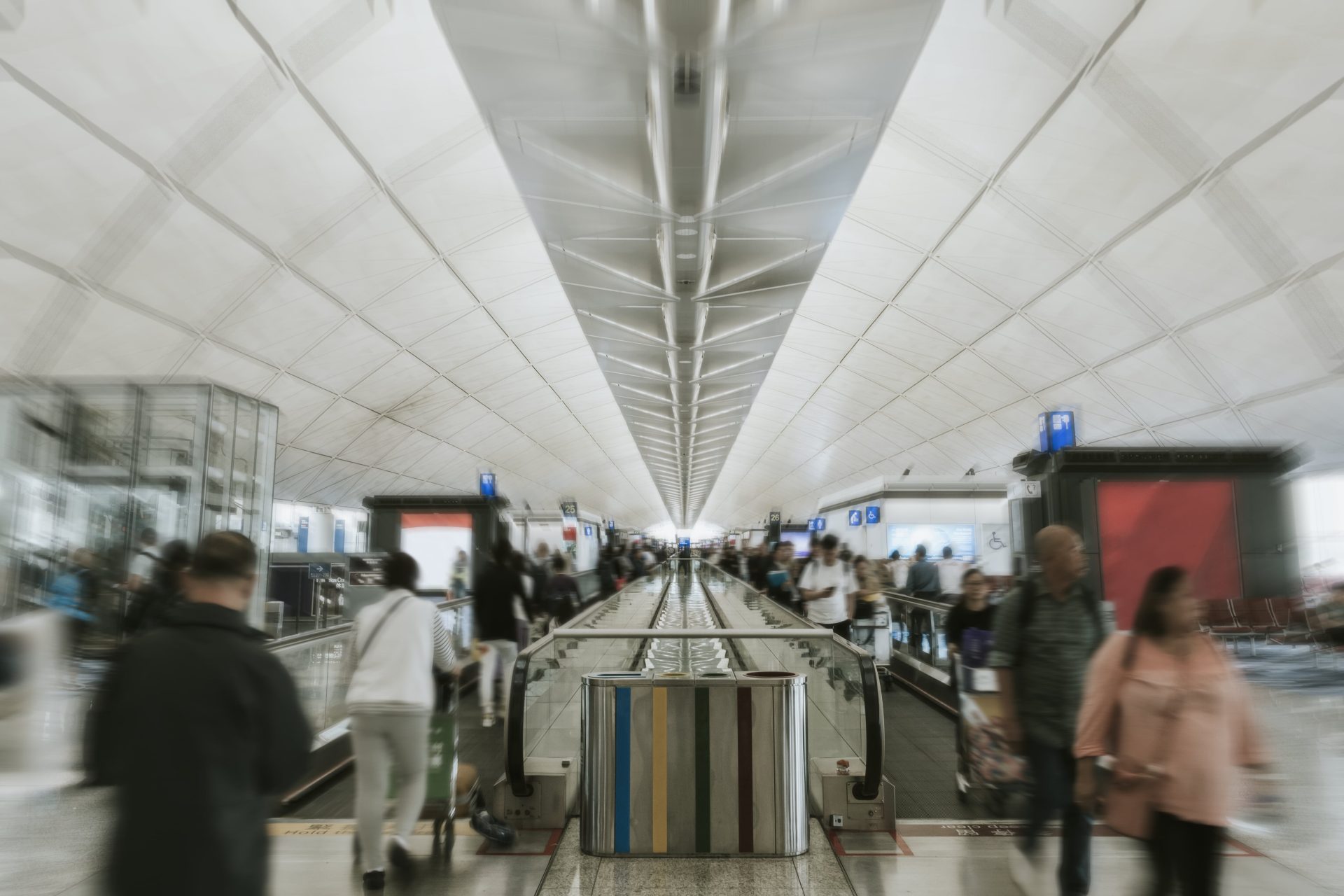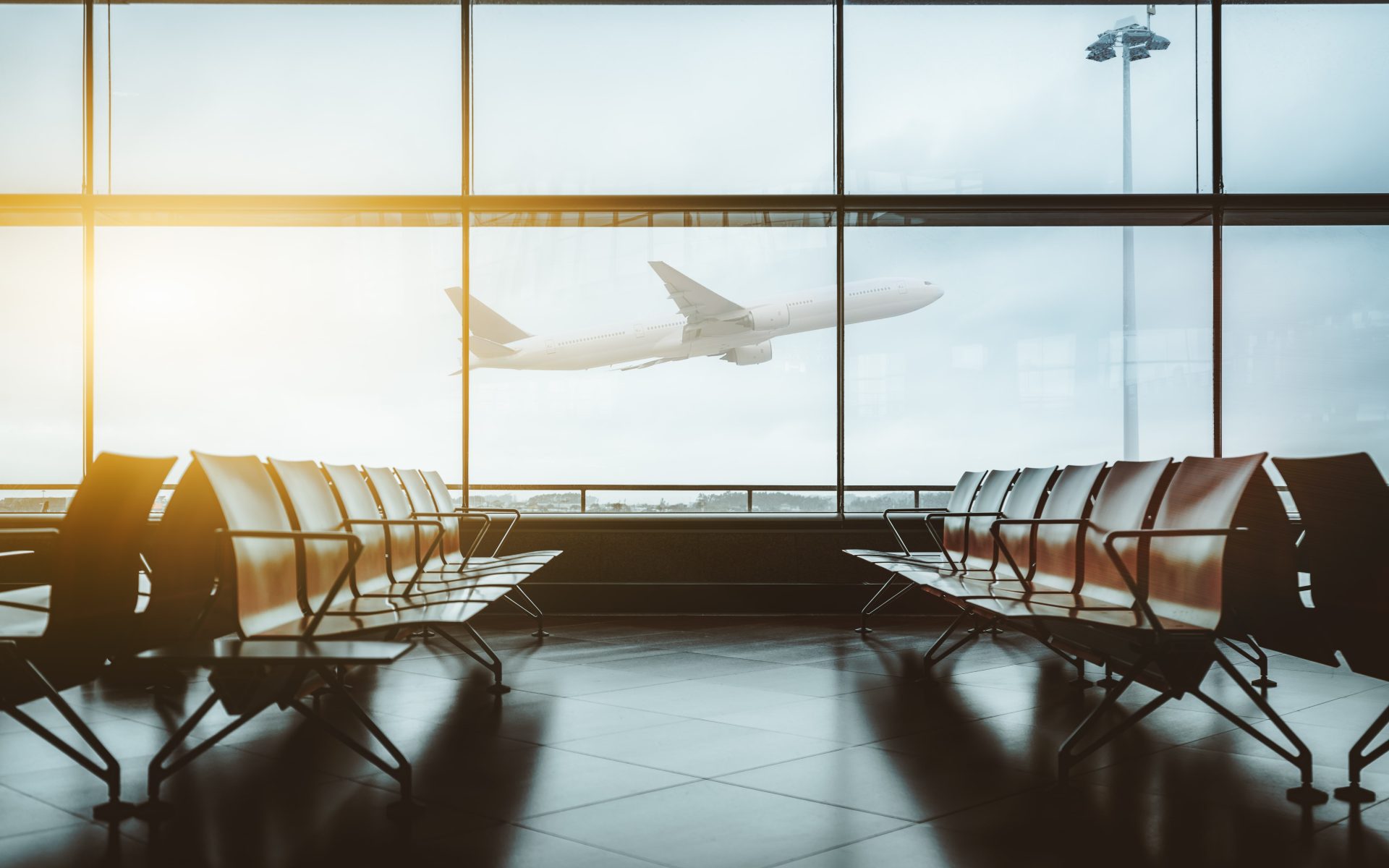Will air traffic go back to being profitable in 2023?
December 28/22 | Blog
The air transportation industry rebounded significantly already during the first half of 2022, as shown by the figures in the first half-yearly report issued by Enac: between January and June, passenger volume is four times the one recorded during the first six months of 2021, mainly thanks to the lifting of the restrictions on the containment of the Covid-191 pandemic in most countries.
As Willie Walsh, Director General of IATA, puts it: "The most damaging factors in passenger traffic are the restrictions that governments still impose on travel. Luckily, many governments realised that travel restrictions have little or no long-term impact on the spread of a virus. And the economic and social difficulties caused by limited benefit are simply no longer accepted in an increasing number of markets2".
Considering the impact of the pandemic on air traffic in 2022, the good news is that the industry is on the upswing despite the fact that 2019 figures have not yet been reached.
In fact, Eurocontrol, the European air traffic control body, looking at the daily traffic snapshot, states a 14.5% decrease compared to the pre-Covid condition (this means, in real numbers, that 26,785 flights were recorded compared to 30,798 during the same period in 2019, taking the busiest countries such as the UK, Spain, Germany, France, Italy and Turkey as reference)3.
Not only that, it also showed how the total capacity of the companies reached 86% of the 2019 total in 2022 and is expected to increase to 92% in 20234.
The inability of airlines to reach pre-pandemic levels is not only limited to the relevant restrictions in European and international countries. There are other factors that have deeply affected the industry and, hopefully to a small extent, will affect the year to come.
Unfortunately, the consequences of the Russia-Ukraine conflict are not to be underestimated: not only the impact on airline costs as a result of fluctuating energy prices or rerouting to avoid Russian airspace, but also implications due to the blocking of a market, the Russian one, which in the pre-Covid era was ranked eleventh for air transport services in terms of passenger numbers, including the huge domestic traffic within it5.
In 2023, the number of air traffic is thus expected to remain below 2019 levels (Eurocontrol believes that air travel will recover in 2024 and beyond to reach and exceed 2019 levels5), but that 'airlines', again quoting Walsh, "are resilient and passengers will fly in increasing numbers. It is a time for optimism even though there are still many challenges to be faced" represented by input costs such as fuel costs.

Airlines are resilient and passengers will fly in increasing numbers.
Airlines will also have to redeem their image aggravated by a summer, last year's, that compromised the journeys of countless passengers: during 2022, staffing problems at airports, air traffic controllers' strikes and supply chain problems contributed to bottlenecks in air transport networks. As a result, unexpectedly long queues caused passengers to miss flights, while airlines cancelled services.
Stephen Furlong, an aviation industry analyst at Dublin-based Davy stockbrokers believes these problems will be 'somewhat alleviated' next year. Airlines and ground handling companies started to increase their staff to cope with the demand. "I think things will get better, but there will still be problems with air traffic control", said Furlong 4.
It is therefore impossible to predict whether the substantial increase in passengers and the resulting air traffic can always be managed in an optimal way. Value Group remains at the disposal of airlines to quickly manage any possible disruption while at the same time ensuring a positive passenger experience for their passengers.
References:



